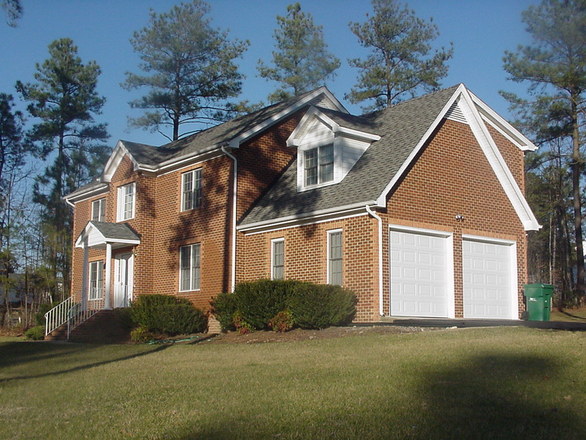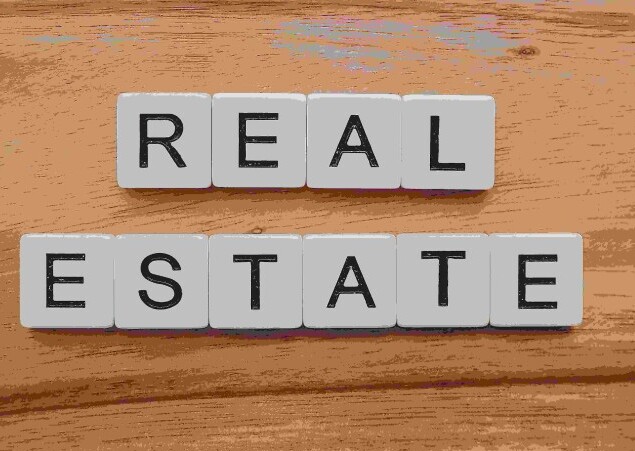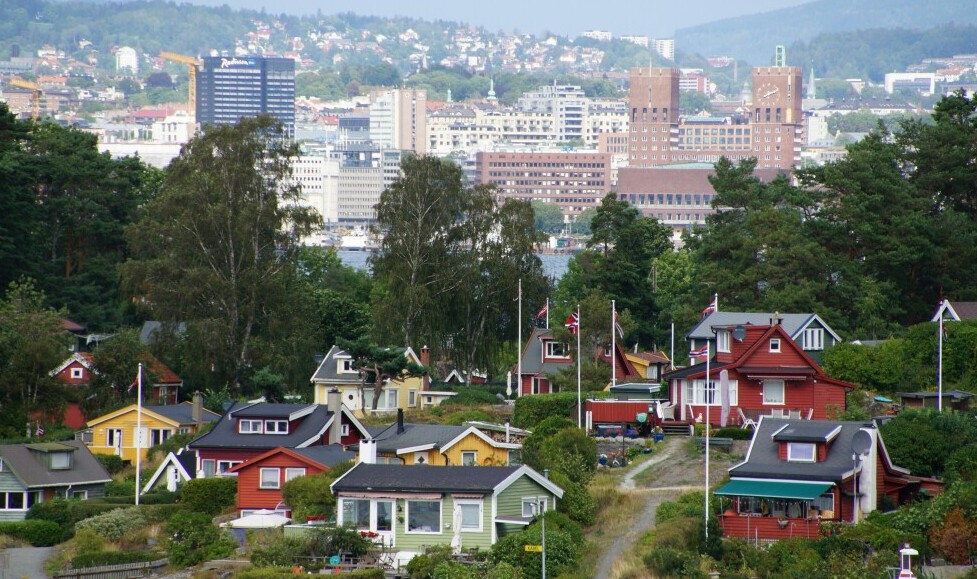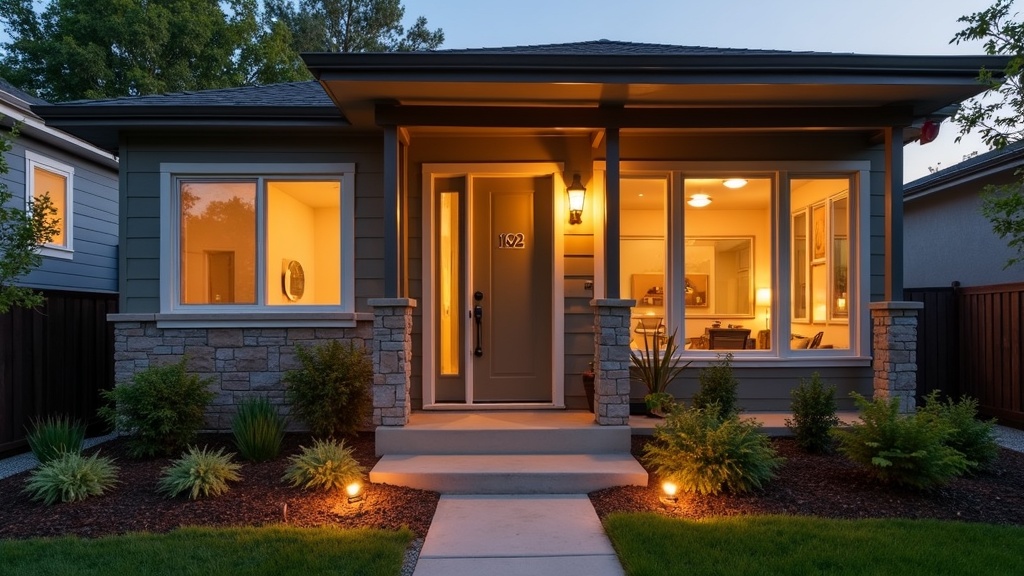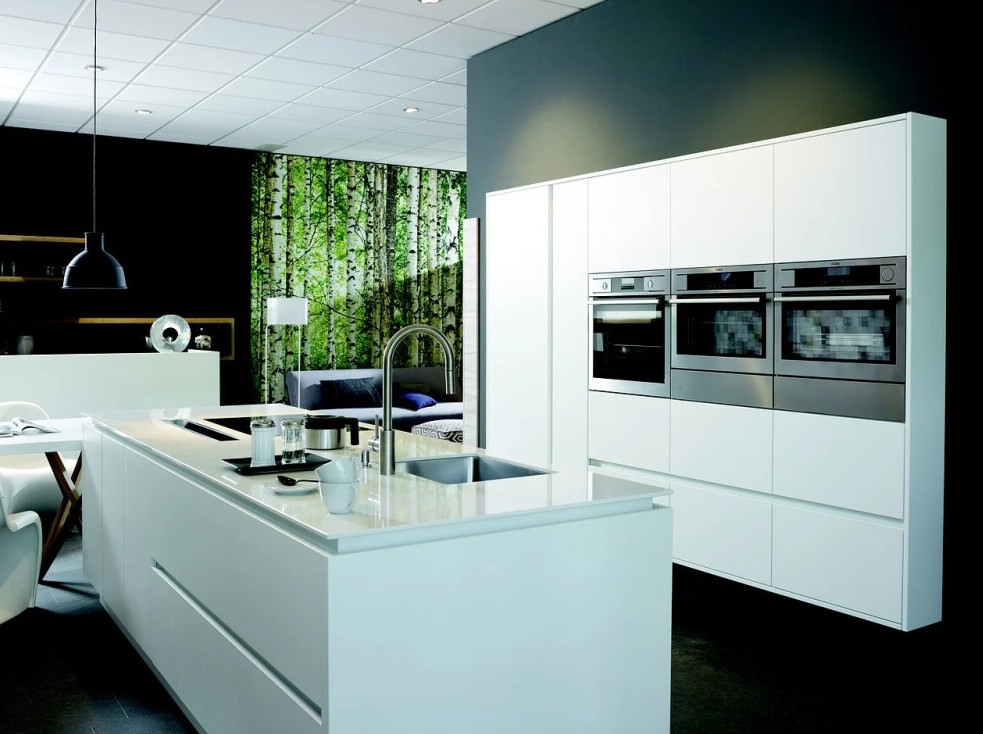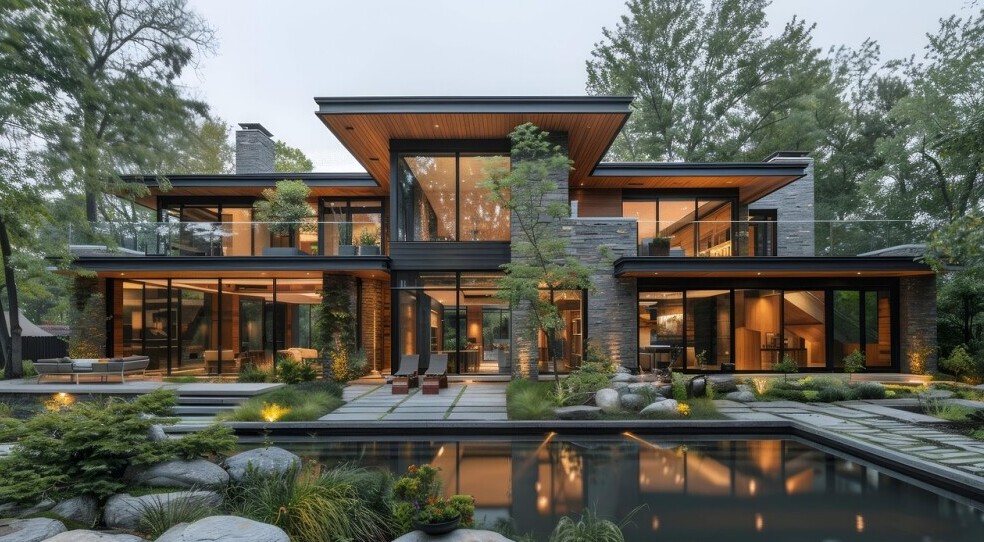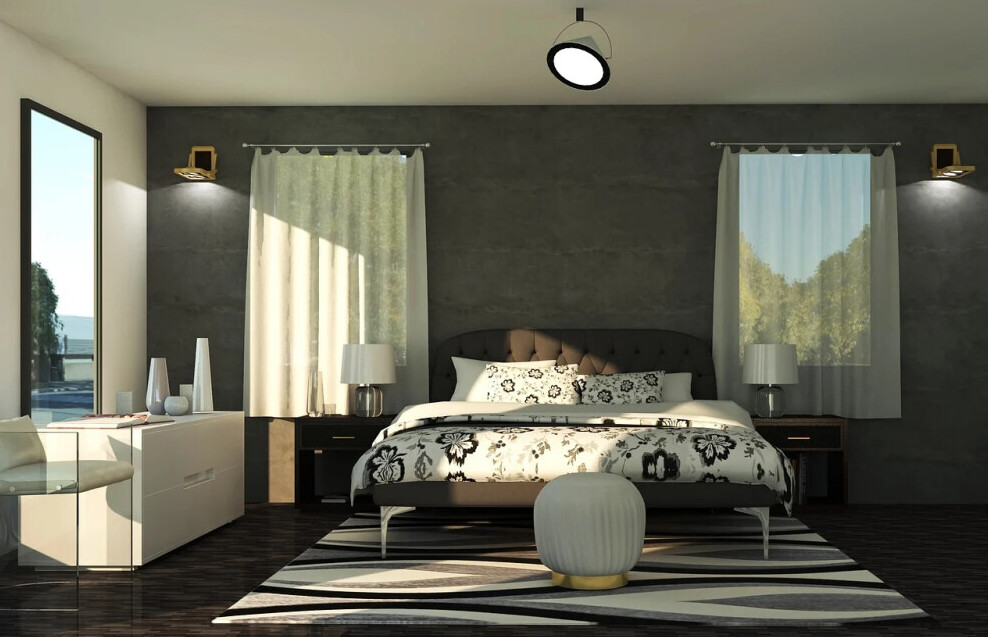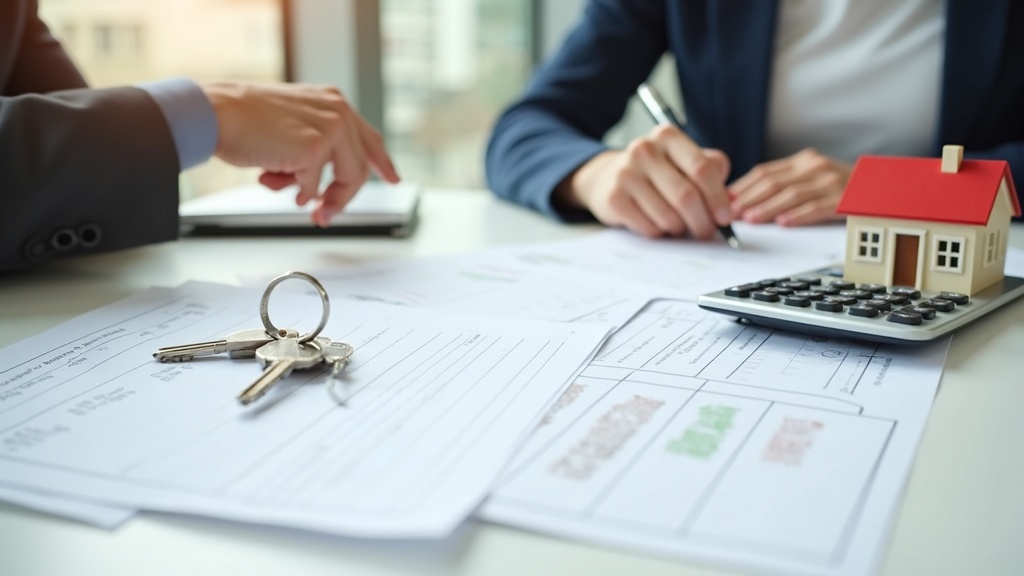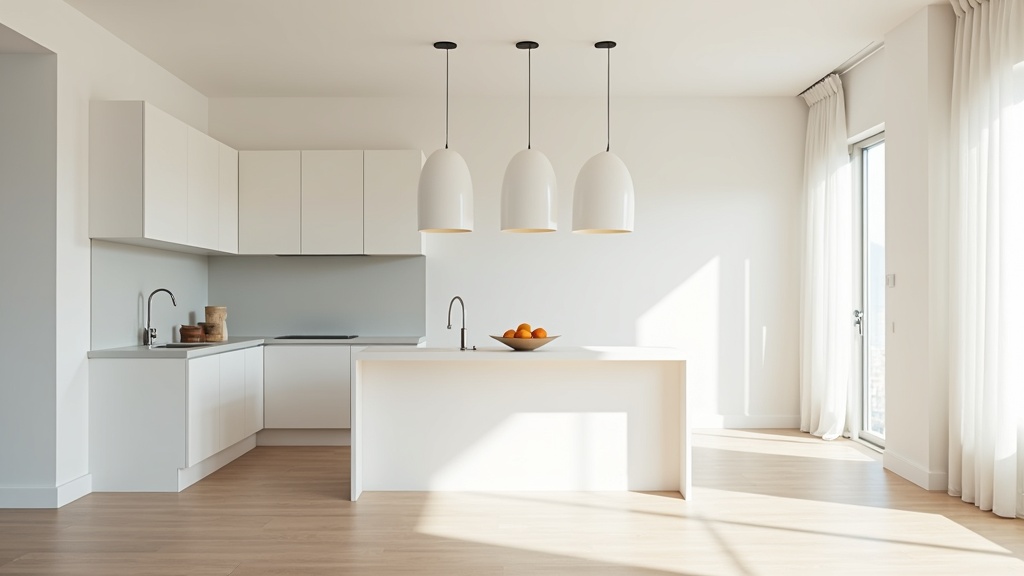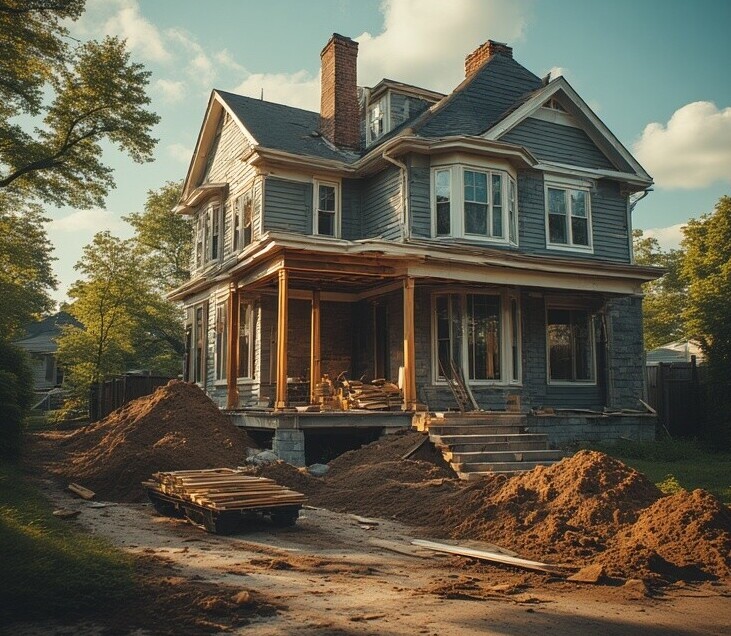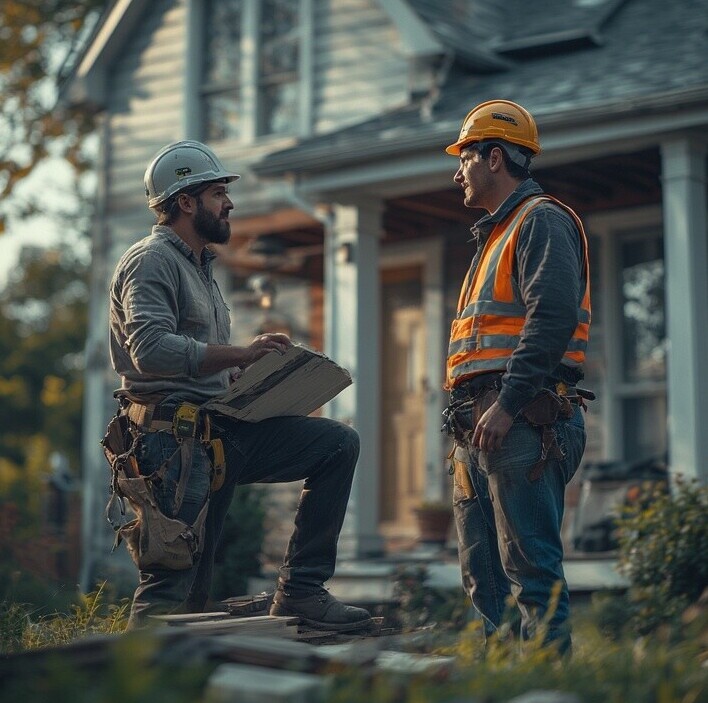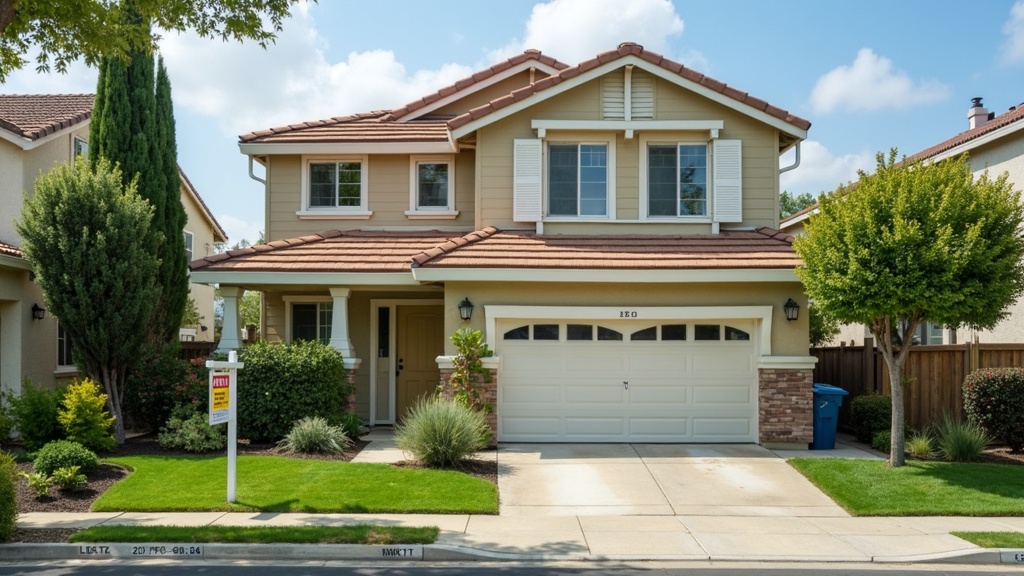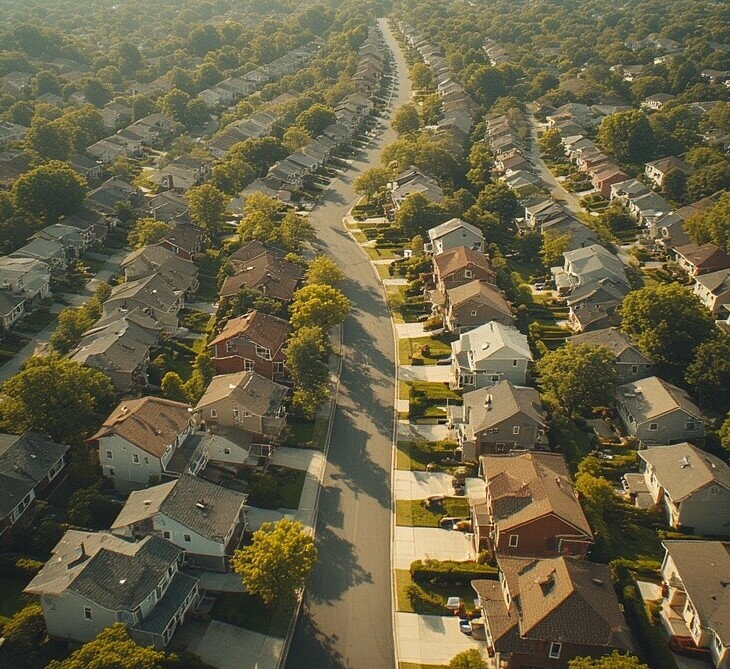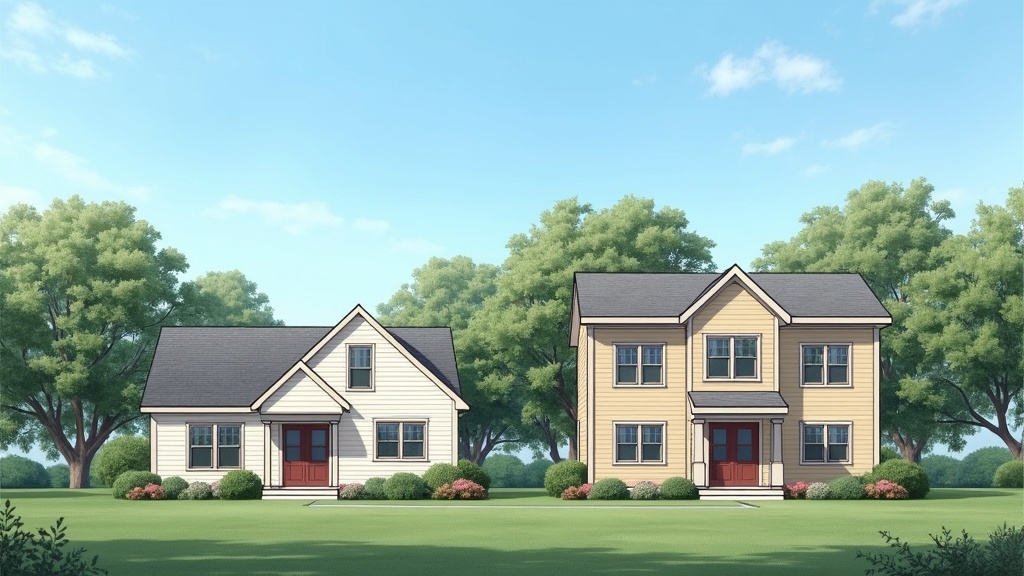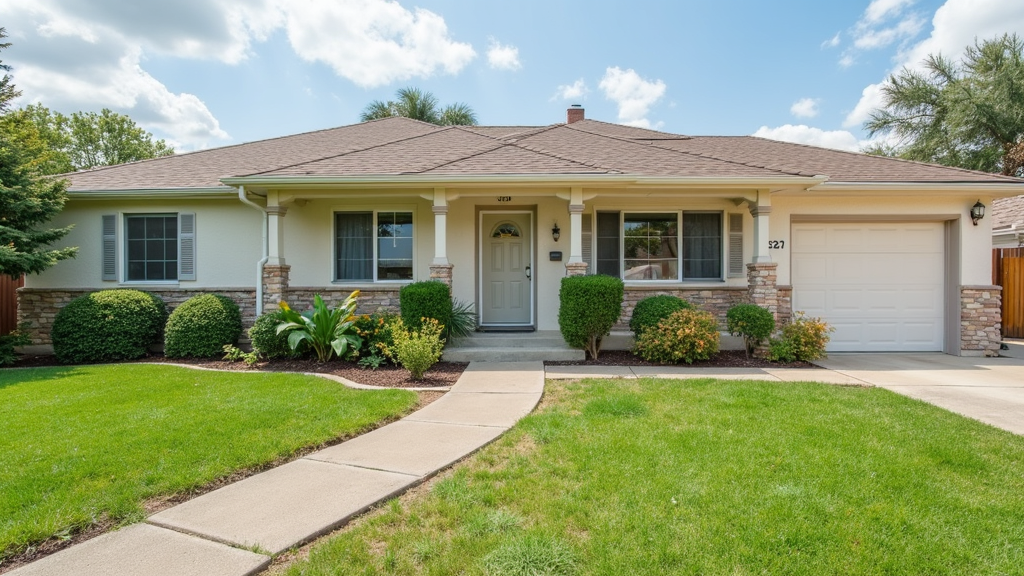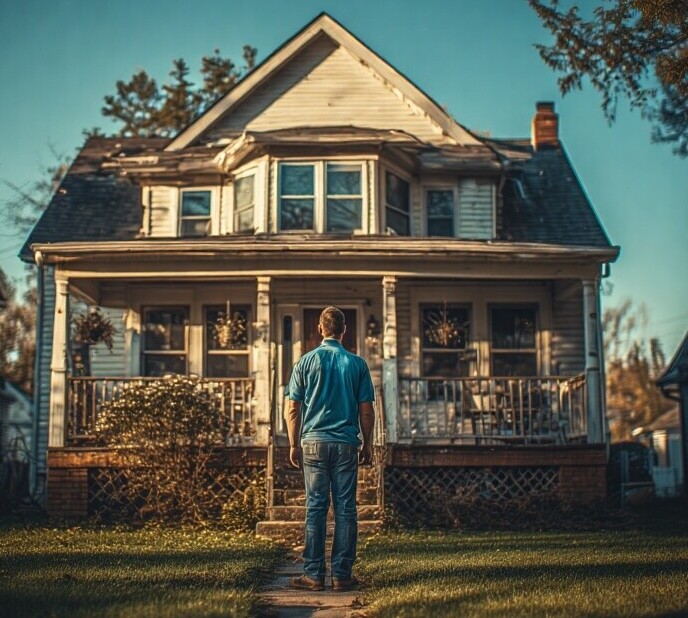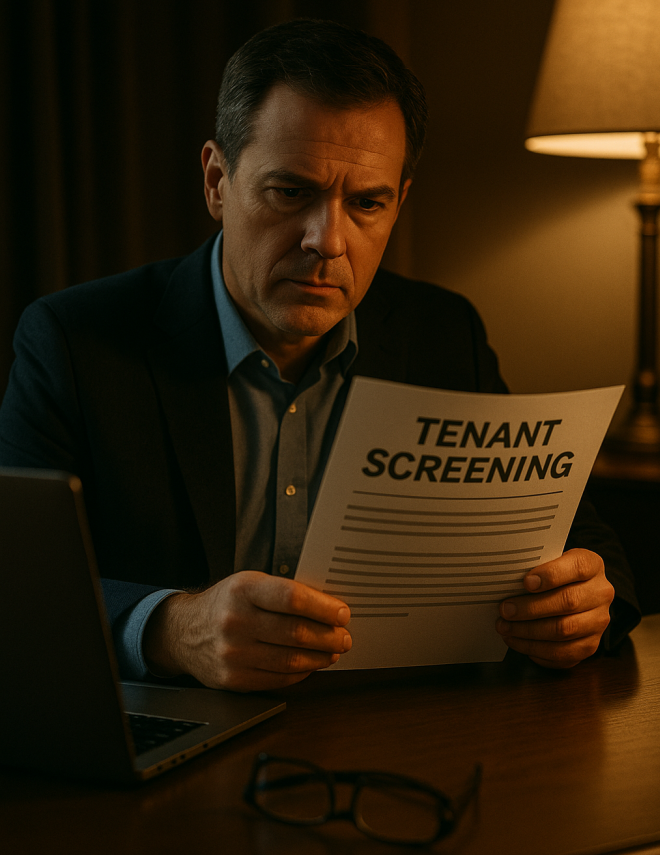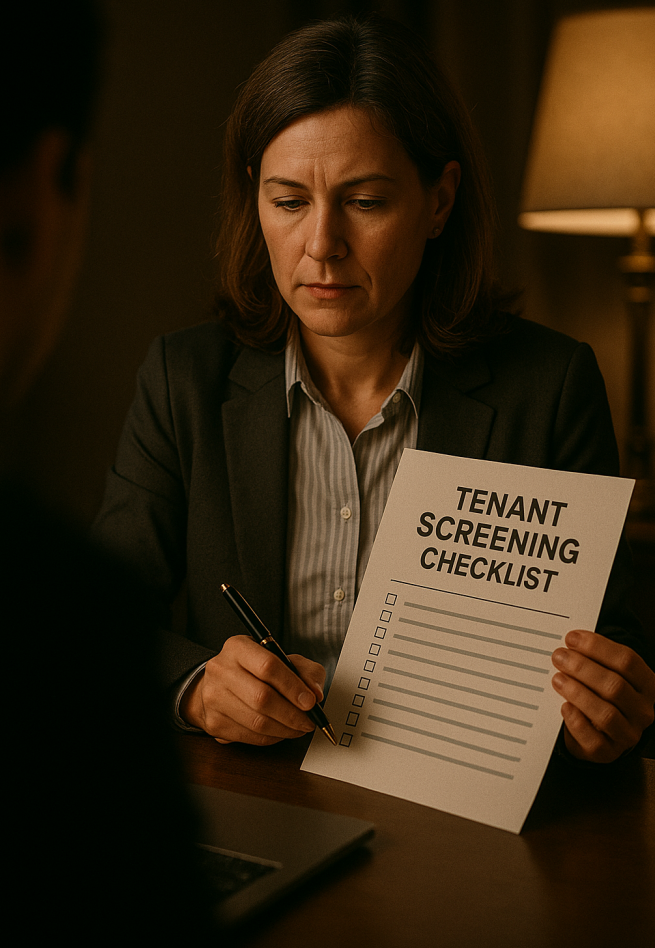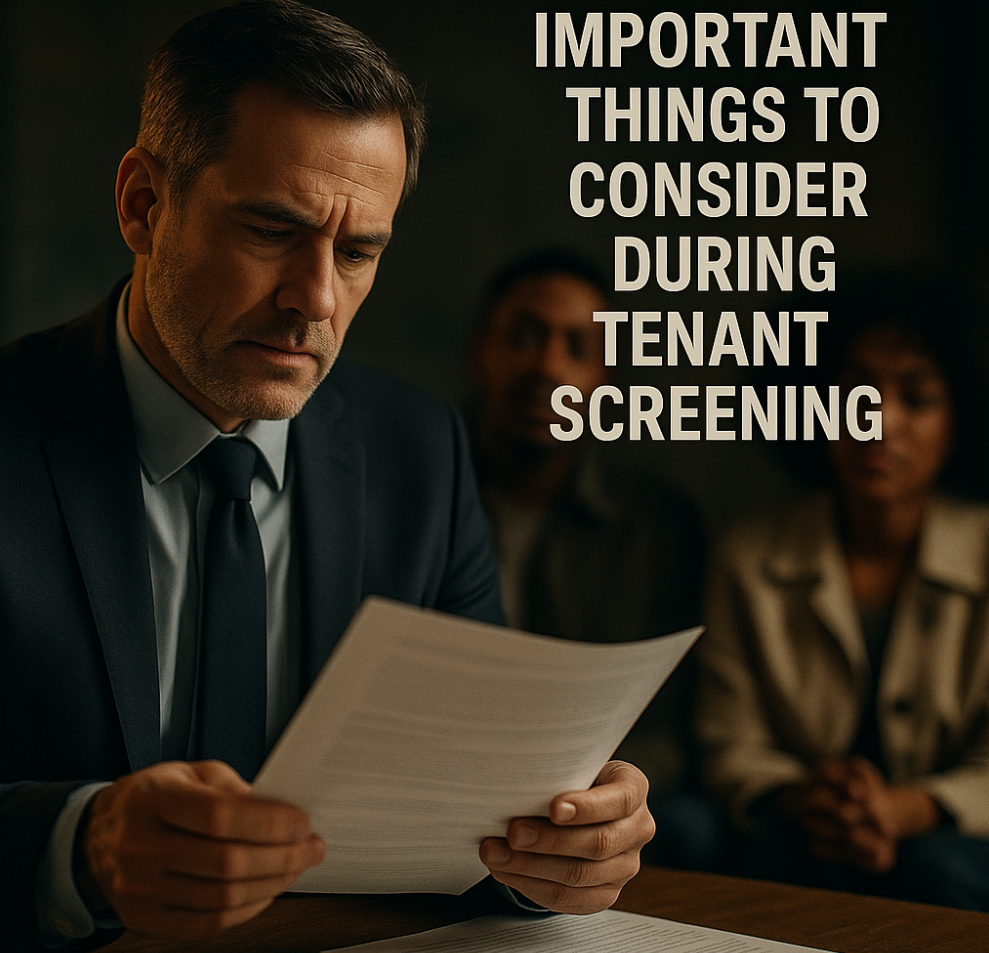Property inspections play a major role when purchasing vacant homes that will be used as rental properties. Paying close attention to what property inspectors do can save you from expensive surprises and future hassles. If you’re new to real estate investing, getting a solid understanding of the job of a property inspector is something you’ll never regret.
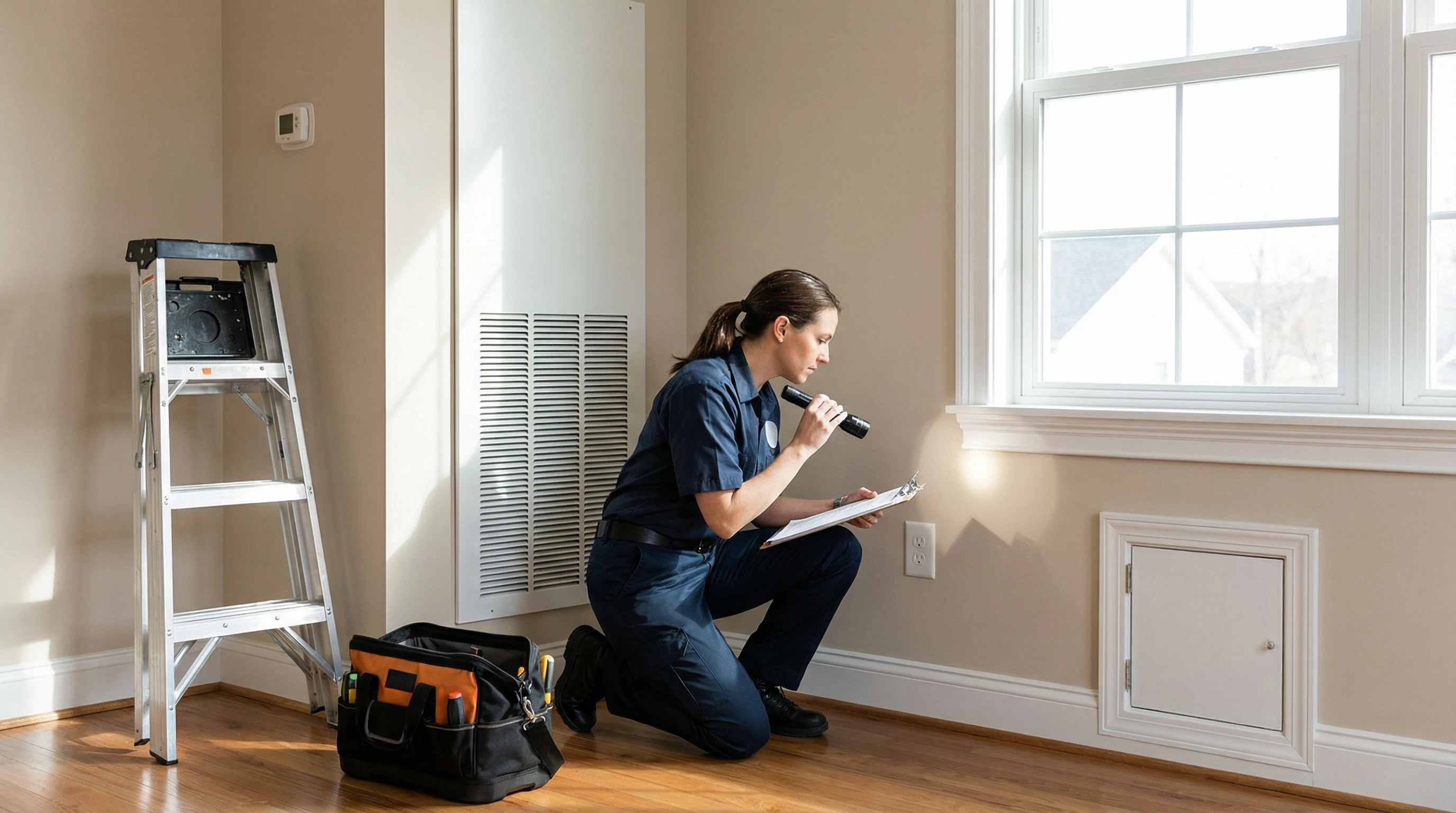
The Basics: What Does a Property Inspector Do?
Property inspectors are hired to thoroughly check the condition of a rental property before a deal closes. They look for issues, safety hazards, code violations, and signs of wear and tear. Their work gives buyers, landlords, and investors a real sense of what they’re getting into before signing any contracts.
Inspections typically cover everything from the roof down to the foundation. Inspectors check appliances, electrical systems, plumbing, structural integrity, windows, doors, roofing, HVAC systems, and even more. Their super detailed reports flag any problems and make it easier to figure out if they’re small fixes or deal breakers.
Having a Property Inspector as part of your Power Team will be a continual cost saver whenever you decide to purchase an investment property that will be used as a rental. You get to make purchase decisions based on facts, not just appearances or the seller’s word. Tracking down even small issues early can lead to less maintenance issues months or years later.
Why Inspections Matter in Rental Property Deals

Property inspections aren’t just about checking boxes; they give peace of mind and a better understanding about what repairs or maintenance needs to be done. Here’s why they are important when you are deciding to purchase an investment property:
- Financial Protection: Detecting issues early means you’re less likely to spend big on unexpected repairs later.
- Bargaining Power: If the inspector finds problems, you can negotiate repairs, ask for a price reduction, or even walk away if things look too risky.
- Legal and Safety Compliance: Inspectors often spot things that could lead to legal headaches, like missing smoke detectors or unsafe wiring, and you’d be responsible for fixing those issues before renting the place out.
- Planning Ahead: Knowing the property’s condition early helps you budget for both immediate repairs and future maintenance, making life much easier as a landlord.
Rental units that pass inspection tend to save owners headaches down the road. Being proactive with inspections is a habit that separates successful landlords from those who constantly run into costly surprises.
What to Expect from a Typical Rental Property Inspection
An inspection usually takes a couple of hours. The inspector will go through the whole property, inside and out, and take detailed notes and photos. Here’s a rundown of what to usually expect during a standard inspection:
- Checking the structure, including foundation, crawlspace (if any), roof, walls, and overall stability property.
- Examining electrical and plumbing systems for any red flags
- Testing heating, cooling, and ventilation equipment
- Looking for leaks or water damage in bathrooms, kitchens, basements, and attics
- Assessing windows, doors, locks, and safety features
- Checking for pests, mold, or other hidden problems like mildew or termite activity
After the walkthrough, you will receive a written report filled with details, recommendations, and often photos and sometimes videos of problematic areas of the house. This document is crucial for planning repairs or figuring out if the place is worth the investment. It’s smart to read the report carefully and not gloss over anything just because the place “looks okay” at first glance.
Biggest Issues Property Inspectors Find in Rentals

Rental homes and apartments tend to get a lot of wear and tear from tenants. Property inspectors stumble upon a few common issues that are worth looking out for:
- Roof damage: Leaks, worn shingles, or poor drainage can lead to bigger problems if left unsolved; regular checks are essential.
- Old or faulty wiring: Outdated electrical systems are a fire risk and need to be replaced before new tenants move in. This is typically fold in older homes with knob and tube wiring.
- Plumbing issues: Leaky pipes, clogged drains, or water heater malfunctions are super common, especially in older rental units.
- Mold, mildew, or water damage: These problems don’t just look bad—they can hurt rental profits and even your health.
- Pest activity: Signs of rodents or insects often show up during an inspection, even if you can’t spot them immediately.
- Heating and cooling issues: Faulty HVAC systems might need repair or replacement, and these repairs can get expensive fast.
It’s always a good idea to go over the report with your Property inspector so he can give you all the detailed information regarding all issues being reported.
How to Work with a Property Inspector
Booking an inspection is just the first step. Here’s how to make the most of hiring a pro:
- Tag Along: Stay with the inspector during the inspection so you can ask questions and see things up close. Most inspectors are happy to have someone following them around. This applies to general areas around the house. It is not recommended that you gain access to potential dangerous areas like accessing the roof or crawlspaces that are dark and creepy.
- Ask Questions: If you don’t understand something, just ask for clarification. Every question is fair game; inspectors are used to explaining things in plain English.
- Review the Final Report Carefully: Don’t ignore technical terms. If anything’s unclear, reach out to your inspector after the visit for more info.
- Get Estimates: If the report lists bigger problems, ask your inspector or a contractor for ballpark repair costs. This gives you negotiation leverage.
- Keep Records: Hang on to your inspection report as it will come in handy for negotiating repairs or working with contractors and property management companies in the future.
Remember, an inspector’s role isn’t to make or break a deal—they are there to give you clear information so you can make decisions confidently.
Things to Consider Before Hiring an Inspector
Not all inspectors have the same experience or attention to detail. When you choose an inspector, be sure to check for a few important things:
- Local Licenses and Certification: Make sure your inspector is licensed in your state or province, and that they’re part of a recognized professional group like ASHI or InterNACHI.
- Relevant Experience: Inspectors with plenty of experience in rentals or apartment buildings know how to spot problems specific to high-traffic housing.
- Sample Reports: Take a look at a sample inspection report so you can see how thorough they are. Clear, detailed reports are crucial.
- References or Reviews: Reliable inspectors tend to have good reviews online or can offer references from previous clients.
Inspector Red Flags
Always keep an eye out for inspectors who rush jobs or avoid letting buyers join them during a walkthrough. Vague or incomplete reports are also red flags. The best inspectors take their time, explain their findings, and answer your questions transparently.
Property Inspections and the Offer Process
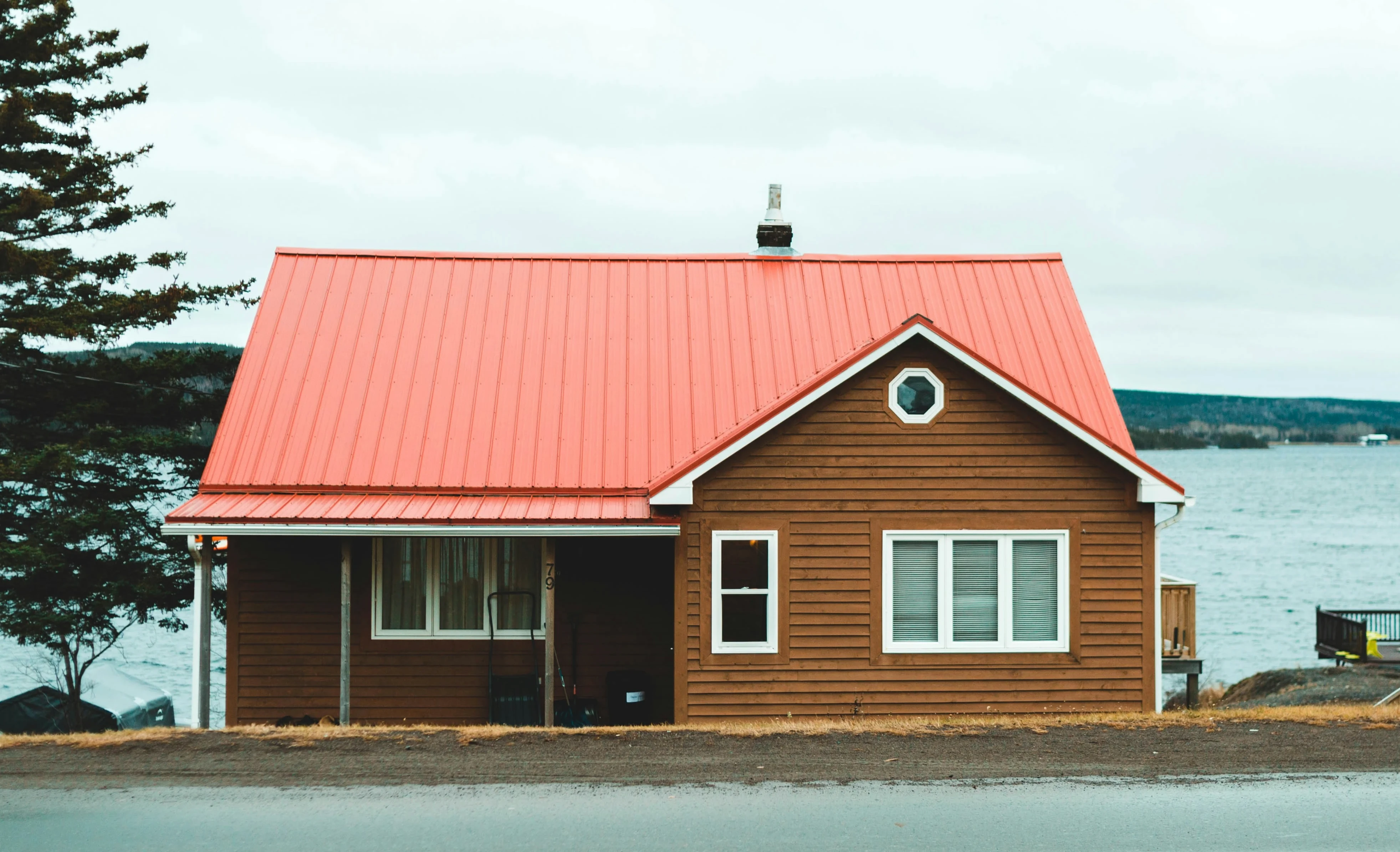
After getting an inspection, you may want to revisit your offer. If major repairs show up, you can ask the seller to fix things, give you a credit, or adjust the sale price to reflect the extra work. Sometimes, the repair list is long enough that it simply makes sense to step away and look elsewhere.
In rental property deals, use inspection reports as practical tools for negotiation and planning. If the fixes look manageable, it’s a great opportunity to plan value-adding upgrades or set aside part of your budget for ongoing upkeep.
FAQs About Property Inspectors in Rental Deals
As a landlord or investor, you might find yourself wondering about the following:
Do I really need an inspection for every property?
Absolutely!! Getting a professional inspection saves you from unexpected costs, even with newer or recently remodeled rentals. Skipping one is a risk you dont want to avoid because even small unknown problems can turn pricey fast.
How much does a typical inspection cost?
Most inspections run between $250 and $500, depending on the size and type of property. Larger rental buildings or specialty inspections may cost more, so it’s worth setting aside enough in your budget.
Will the inspector check everything?
Inspections are super detailed, but they can’t always reveal hidden problems behind walls or underground. Issues like old sewer lines or hidden mold may need special inspections or expert opinion. The Property inspector will inform you if you need to hire a specialist who can probe deeper into any specific problematic area.
Should tenants be present during inspections?
Tenants usually aren’t required to be there, but giving them notice is a good idea. Sometimes it’s also required by lease or local laws, so checking your legal requirements is a must.
Final Thoughts
Wrapping up, hiring a property inspector is still one of the smartest moves for anyone buying or managing rentals. Their super detailed reports help you avoid risky investments, keep tenants protected, and plan repairs before they get costly. Careful research and picking the right inspector helps you make smart moves and keep your rental properties in great shape for years to come.
